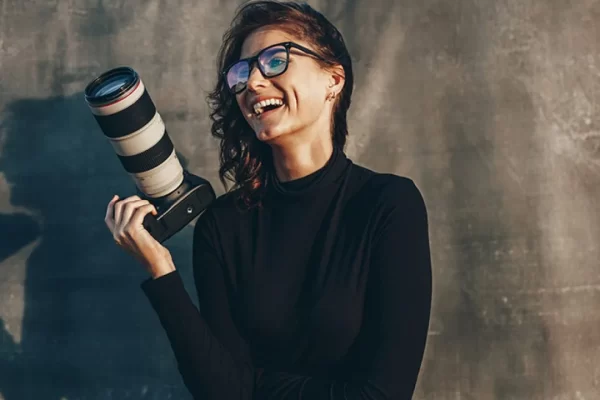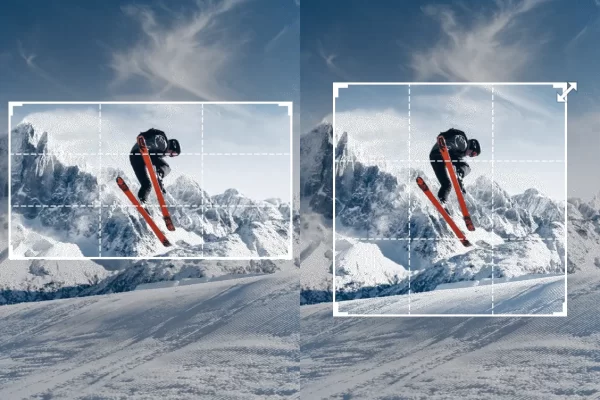How to Look Better in Photos?
Even the most successful shot without retouching looks, as a rule, not interesting enough. You can turn to automatic photo editors and artificial intelligence to do the processing, but it is not always the program that can give the desired result. The attentive approach of the photographer, his creative perspective, and his contribution to the work – this is what will make the frame alive and interesting for the viewer.
What to Look for When Retouching a Portrait
In the process of portrait processing, it is important to get a lively image without pronounced traces of retouching. To achieve this result, pay attention to every aspect of the appearance of the hero of the frame.
- Be sure to remove pimples, redness, pigment spots, and other defects: Get rid of scars, freckles, and moles on the photo can only discuss this with the model, makeup artist, or the customer of the photo shoot. Make sure that the tone of the face and body coincide. In the process of processing you should not “polish” the skin, removing fluff and achieving unreal smoothness – such a frame will look unnatural. For example, by turning to the smooth skin photo editor, you can get rid of any defects in the photo, while preserving the features of the model’s appearance.
- Hair: Not always they lie the way we would like: they can fall on the eyes, a little stick out or curl in the wrong direction. If the photo session was held outdoors even with minimal wind, then in 90% of cases you can’t do without the help of retouching. Note: sometimes hairs and small strands are visible only at high magnification. Even such flaws are desirable to correct, as they create unnecessary visual noise around the face.
- Makeup: When retouching it is worth paying attention to a few things: does the lipstick layer look even? Is the mascara not sprinkled (visible under magnification)? Are there no “bald spots” on the eyebrows? Make sure the glare of shimmer and highlighter on your face doesn’t look too intense. The flash makes them too bright.
- Clothing: Fabric can change shape due to wind or pose: it becomes tattered or creased. Light and lens can “notice” details that are not visible with a normal glance: lint, animal hair, sticking threads, fingerprints on shiny accessories, etc. All this should be carefully reviewed at the stage of retouching and, if necessary, clean the frame.
- Plastics: There are rules of proportion, observing which you make the photo attractive on a subconscious level. Remember and observe them during photo processing and you will be surprised by the result.
Having retouched these basic elements, you can safely move on to a more creative stage, without fear of forgetting something. Having saved the edited source, don’t be afraid to experiment with different filters, presets, and special effects.

The most common mistakes when retouching photos
- Blurring the photo instead of retouching: This simple technique can indeed smooth out some defects. But it should be used locally and very carefully. Making blurred skin, hair, or textile surfaces, you will lose relief and texture. The photo will look “plastic”, inanimate, and unnatural.
- Excessive lightening of teeth and whites of eyes: If you make them perfectly white, it will seem that the model glows like a robot.
- No glare on the skin: The trend for matte skin has supplanted naturalness. Therefore, a healthy shine will not only be relevant but will also make the photo itself more voluminous and fresh.
- Flat face: Because a person has many muscles and ligaments on the face, it does not happen perfectly flat. Even the youngest and most beautiful model in the portrait should have natural bulges and hollows: under the eyes, near the wings of the nose, etc. If in pursuit of smooth skin retouchers rub natural folds – the effect will be flat as a plate, the face.
- Wig effect: If you try to align the contour of the hairstyle with a wide stamp with a hard edge, it will look like the portrait was cut out and glued on another background.
Check your photos while you are working for such mistakes, and you are guaranteed not to have to redo the work twice. Remember that things may not always work out perfectly the first time. Over time, you will find your ways and style of retouching.





